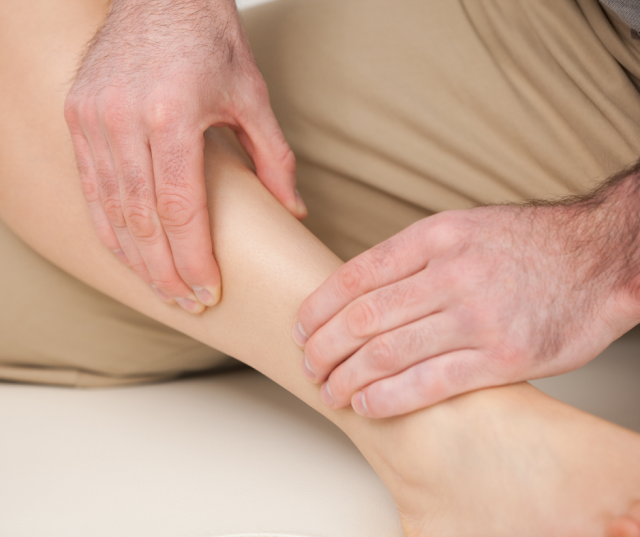Medial Tibial Stress Syndrome (MTSS)
By Dr David Cork, Osteopath
Shin splints is a slang term for pain anywhere along the shin bone (tibia) from the knee to the ankle. Shin splints as a term is not specific and actually has little meaning in terms of diagnosis.
There are many different sources of shin pain. Today we will focus on Medial Tibial Stress Syndrome (MTSS) which accounts for 12-18% of all running injuries, making it the most common cause of shin pain.
What are the symptoms of Medial Tibial Stress Syndrome (MTSS)?
- Pain felt along the shin, usually on the inner side of the shin
- Tenderness to touch along an area >5cm along the shin
- Pain worsening with running, jumping, hopping, and sometimes walking, that often eases with rest
- In severe cases it can cause people to walking with a limp




